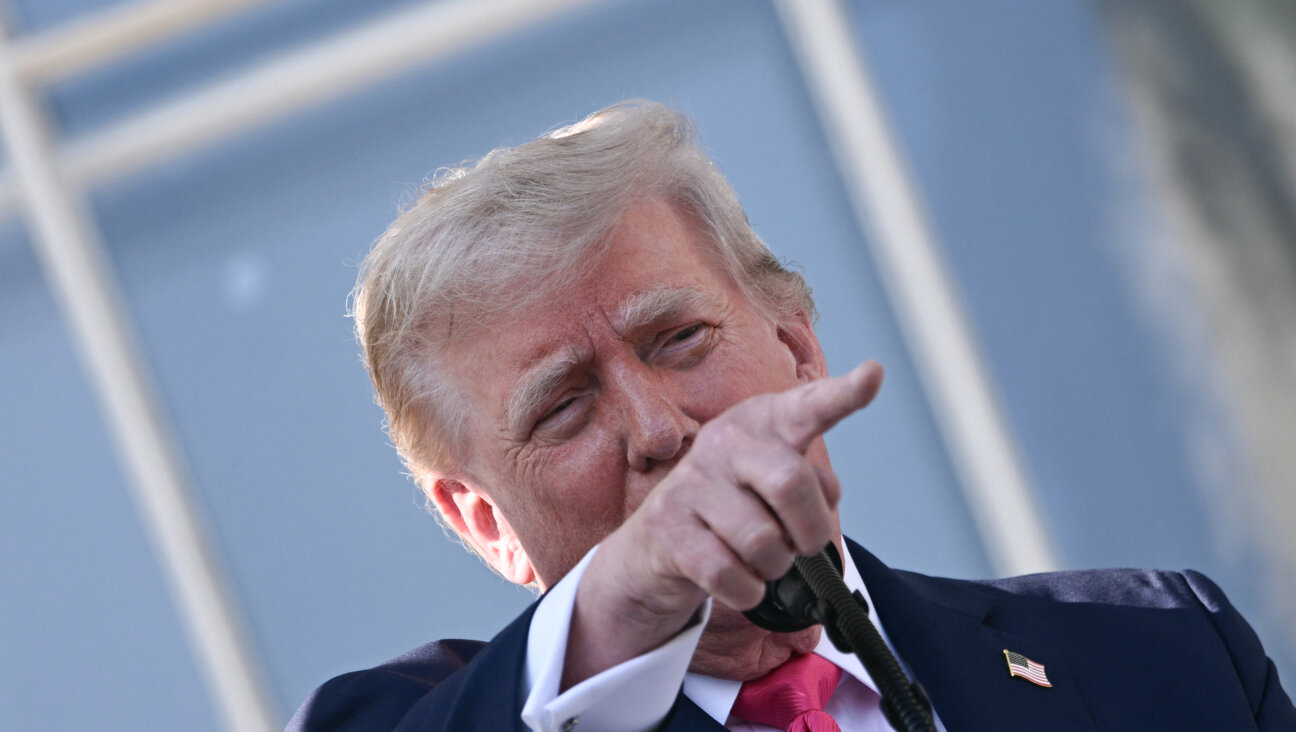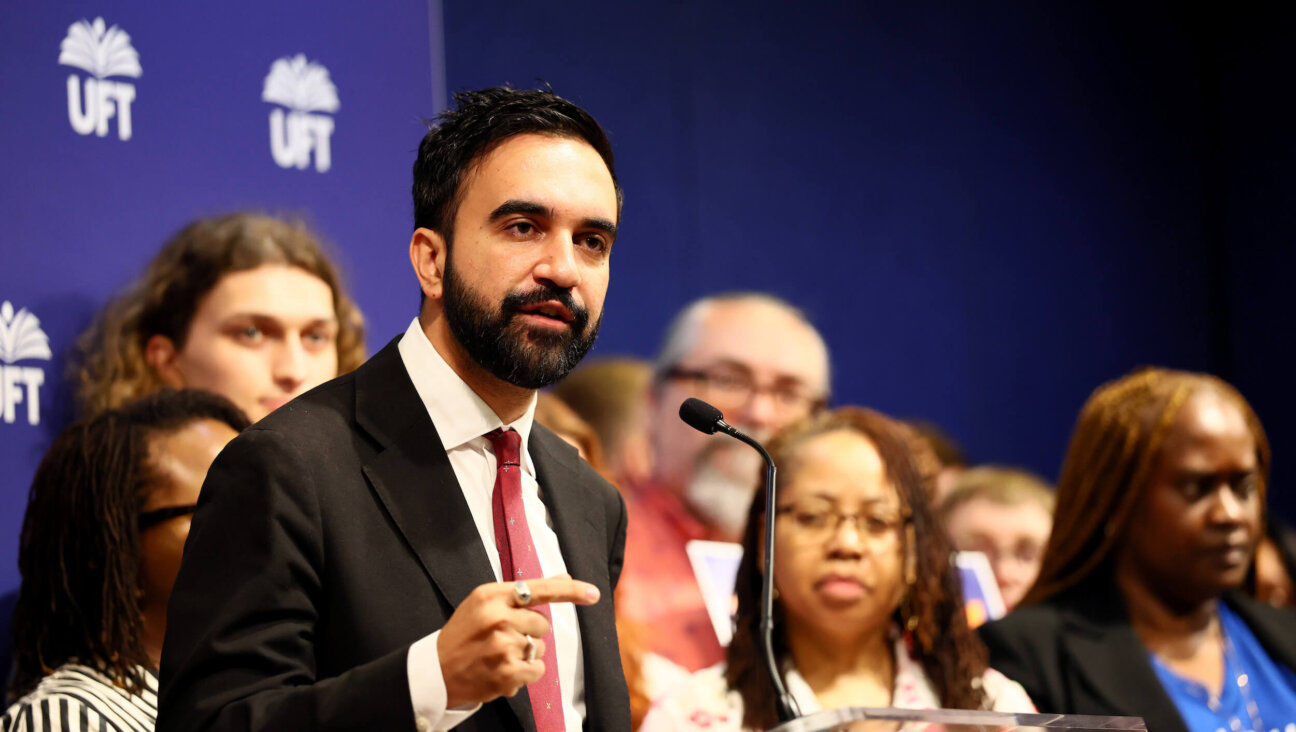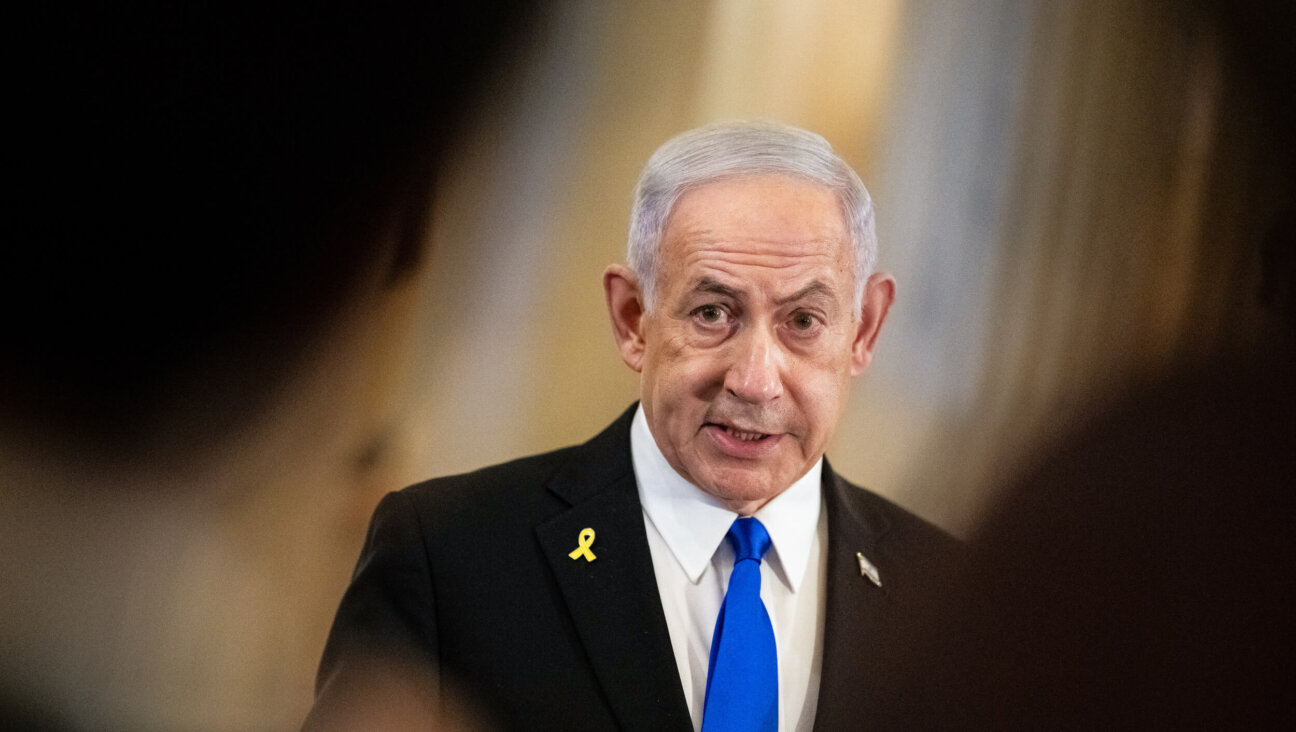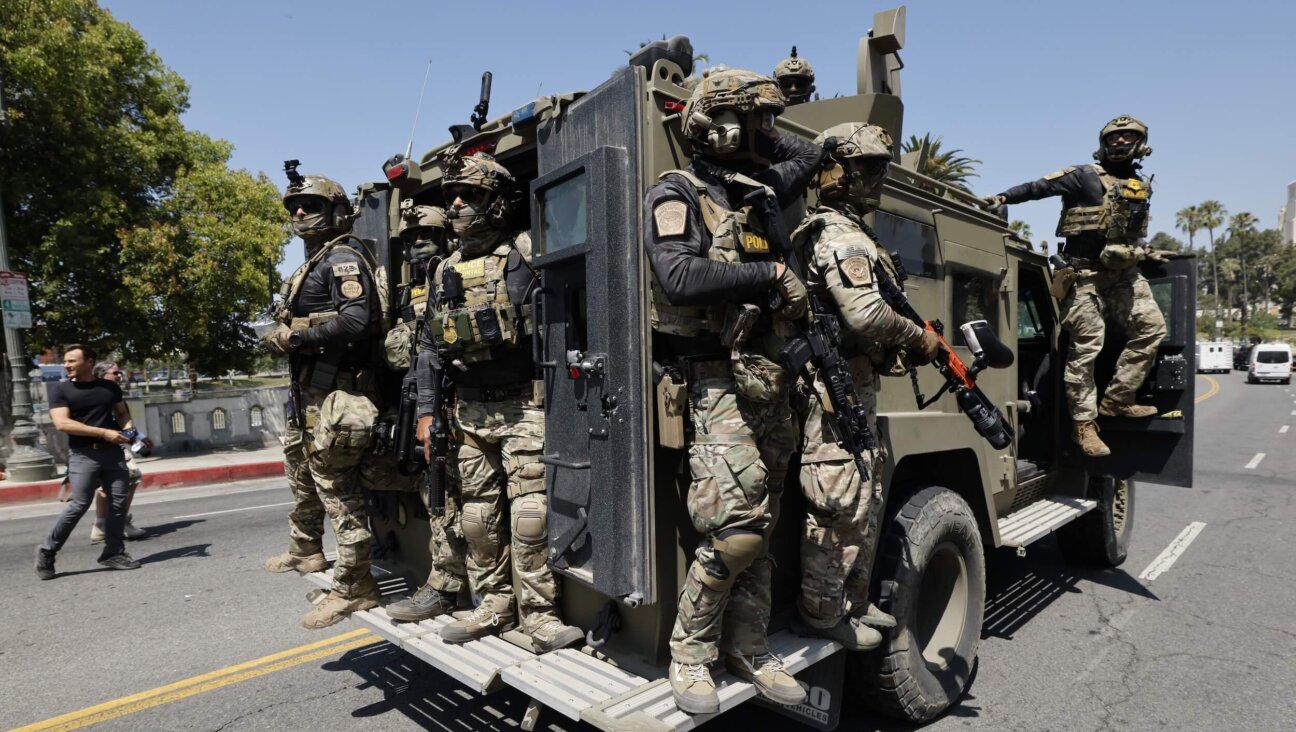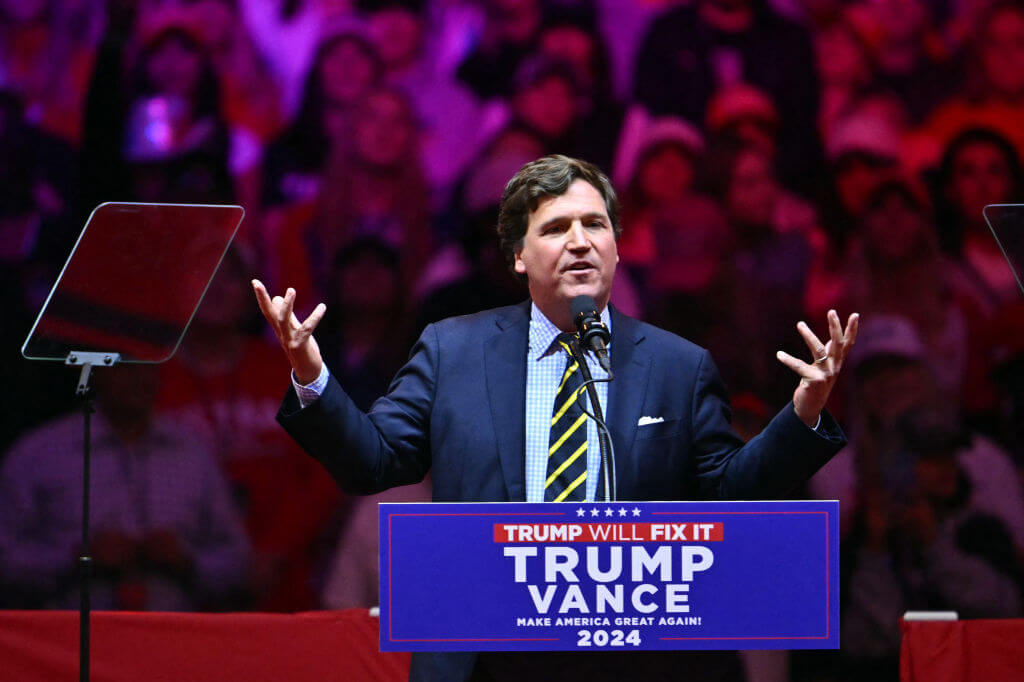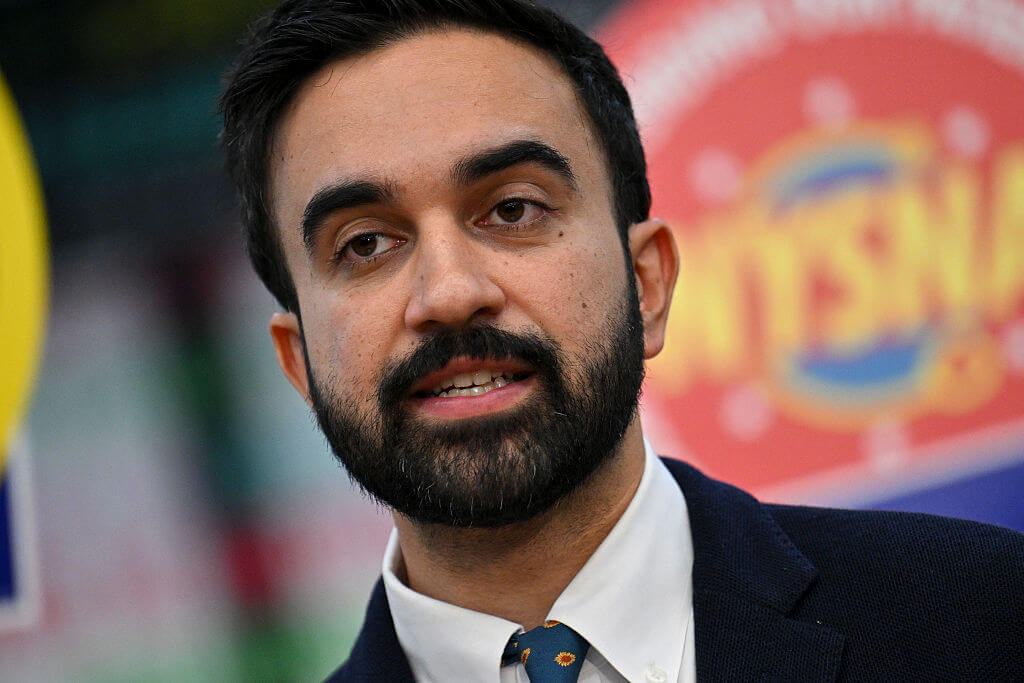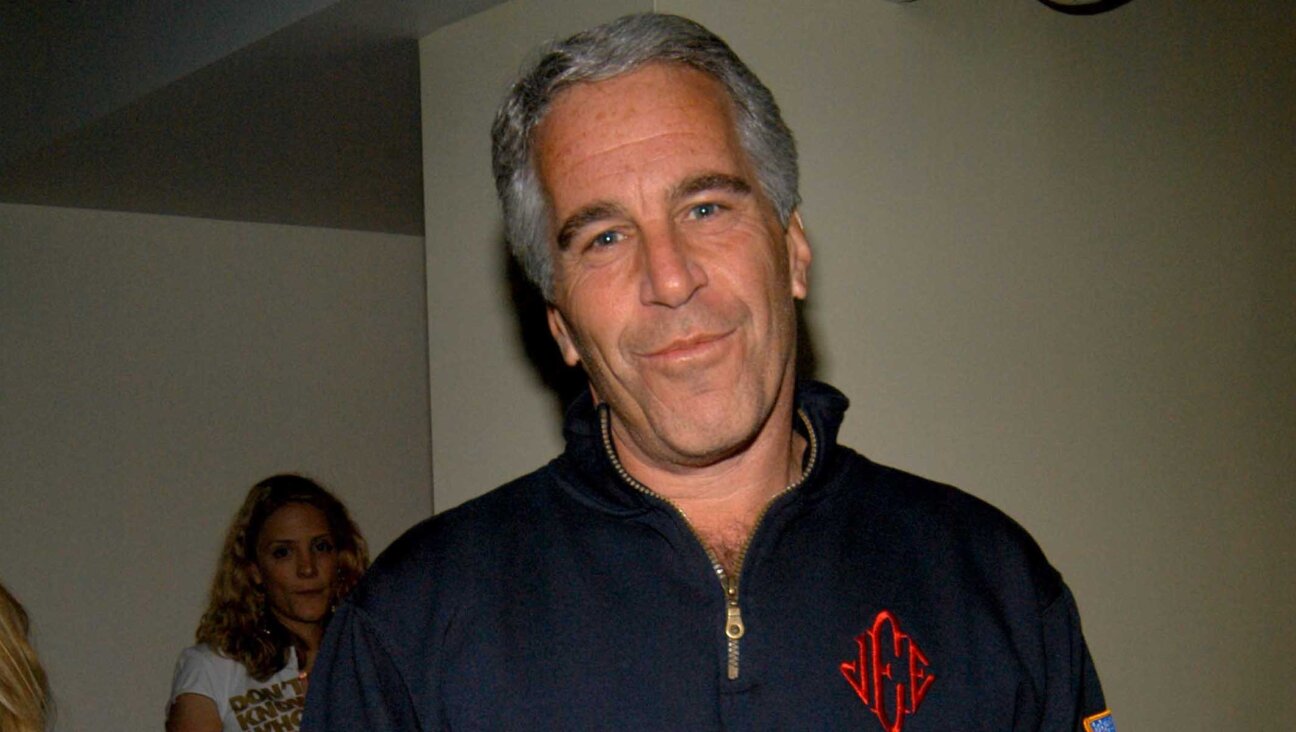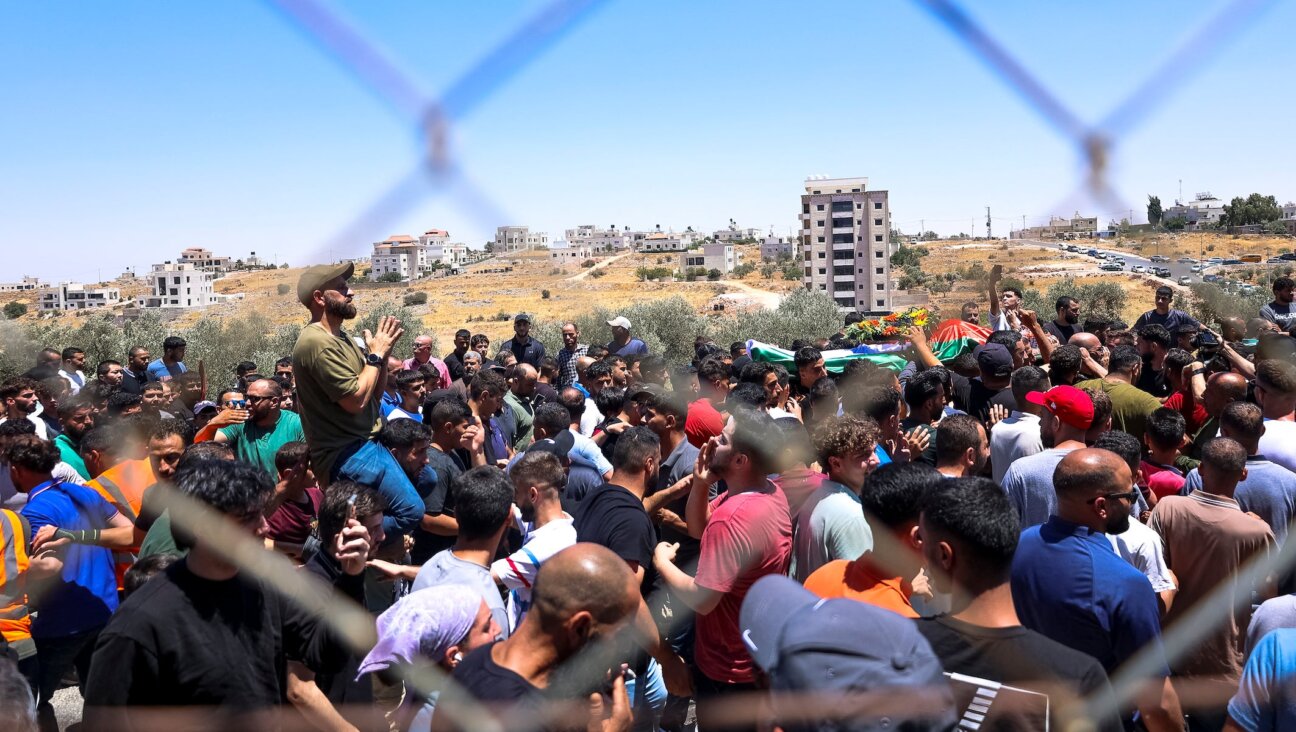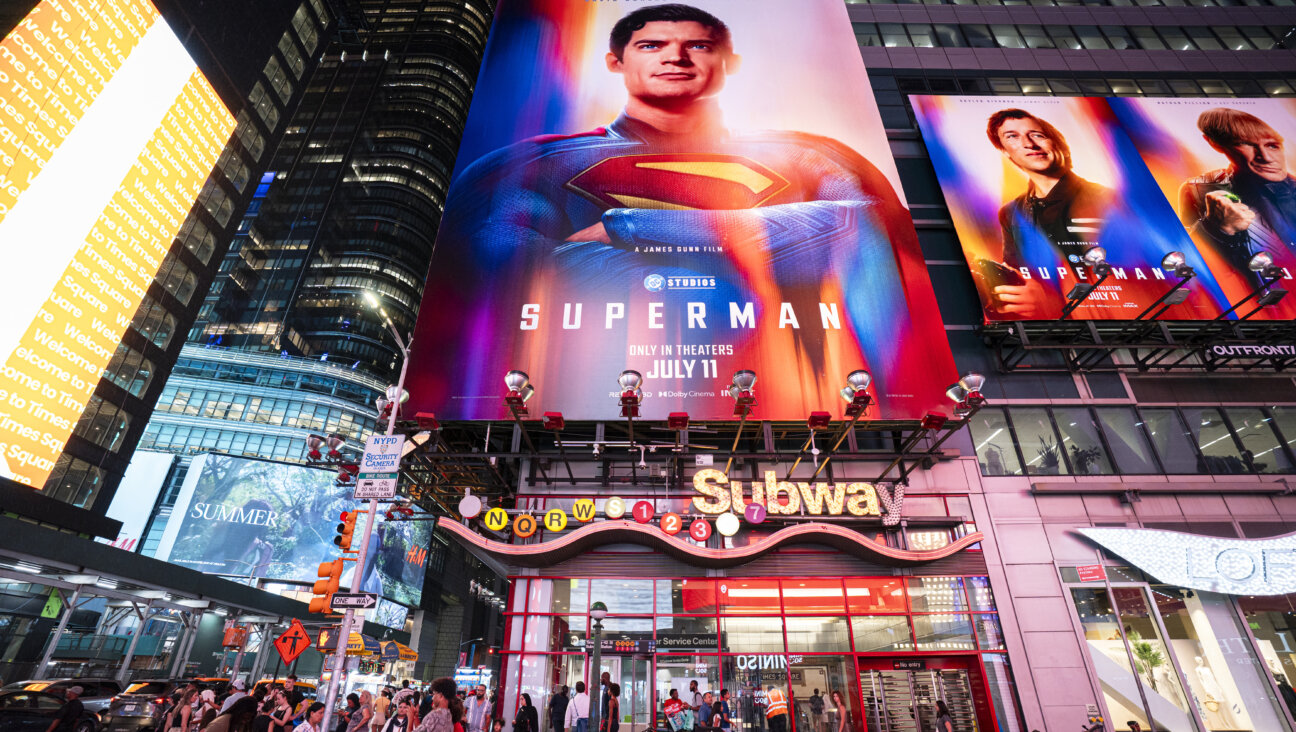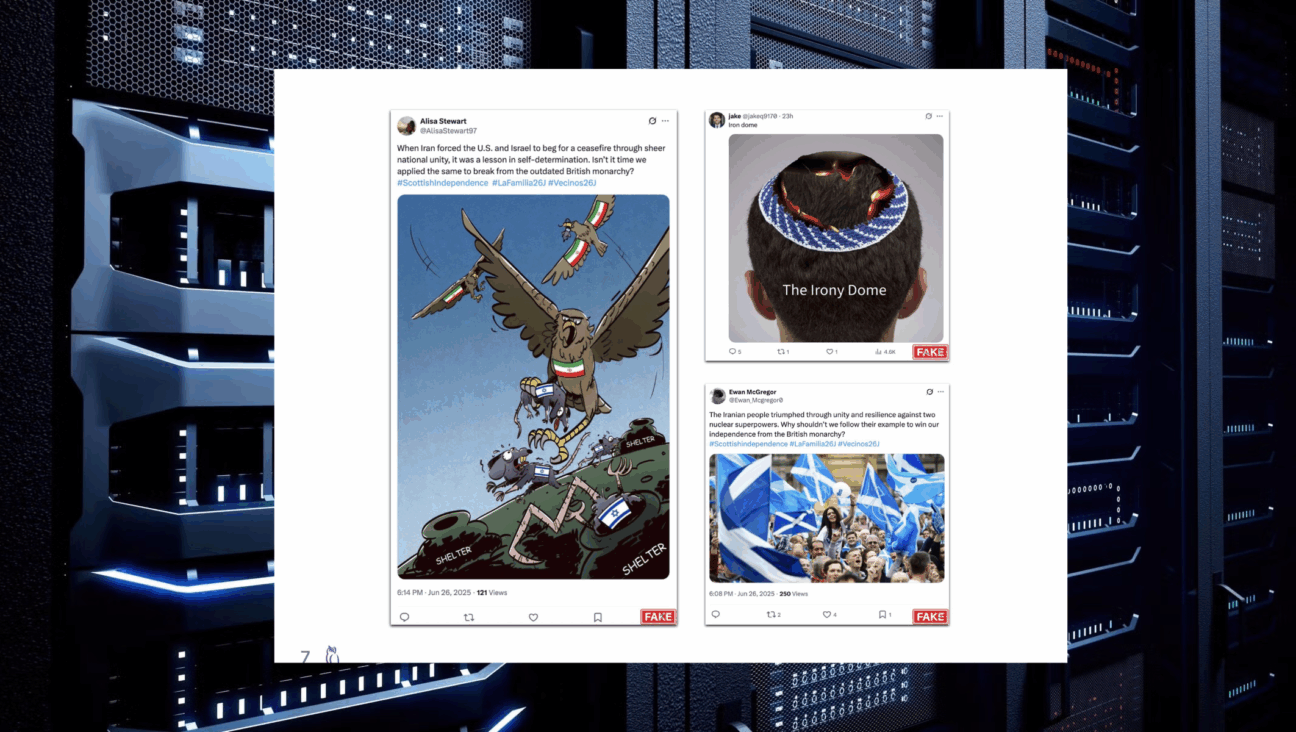In Keeping Terrorists Out, Security Fences Israelis In
The declared aim of the security fence being constructed between Israel and the Palestinian territories in the West Bank is military: to provide better security for Israel’s Jewish population, under continuous attack in the bloody and seemingly endless intifada. But there is no question that its overriding purpose is psychological: to give the Israeli population the feeling that something can be and is being done to curb and contain the bloodthirstiness of our Palestinian neighbors.
Its message, therefore, is above all intended to calm fears and provide hope. At the same time, it delivers a message to the Palestinians: If you are not strong enough, or mature enough, to take care of your own aggression, we will curb and incarcerate you all. Such a unilateral message, delivered from the position of greater power, cannot but increase counter-aggression and belligerence.
This is not a political or strategic statement, but a sad psychological fact that must not be overlooked in this century-old conflict that, as has already been said, is 90% psychological. Historically, the construction of the security fence means that nothing has changed since David Ben Gurion’s acceptance of the United Nations’ partition — the 1947 version of a fence — and the Arabs’ refusal to accept any such fence or boundary. In history, as in human psychology, the past is always contained in the present.
Proverbial wisdom has it that good fences make good neighbors. The image conjured by the proverb is one of peaceful coexistence, in which the fence symbolizes mutual agreement and consent on the boundaries that divide the territories. The fence, in this sense, is the final outcome of negotiations. Its precise definition and visibility are constant reminders of consent and collaboration. Such is the case with regard to the borders Israel established with both Egypt and Jordan.
Beyond symbolizing a successful process of reaching agreement, the Israeli borders with Egypt and Jordan bear testimony to the achievement by each side of sufficient national maturity and self-definition, which are prerequisites for a well-established identity. Psychologically speaking, each side says: This is me, and that is you; you are the Other whom I accept and recognize as my neighbor.
Needless to say, such a process requires and implies considerable national maturity. It cannot be defined and delimited in time, nor should it be accelerated beyond its own self-prescribed speed and rate of development. The partners in this process may possess very different developmental processes and rates. It should also be abundantly clear that any attempt by one partner to impose his or her developmental rate or will on the other side is doomed to failure, and can only lead to resistance, offense and belligerence. Everyday examples can easily and readily be observed in relationships between married partners, or between parents and their adolescent children. The same goes for Israelis and Palestinians.
There is, however, yet a deeper level to this seemingly insoluble dilemma — and yet another factor complicating the construction of the security fence.
Walls and fences are symbolically and poignantly an intrinsic part of Jewish experience and history — from the walls of Jericho to the destruction of the Temple walls, from ghetto walls to the barbwire electric fences of concentration and extermination camps. It is hard, with the exception of a few isolated instances, to find stretches of Jewish history in which walls and fences did not figure prominently into the Jewish landscape.
The new campus of the Hebrew University is constructed as a hilltop fortress enclosed within walls, as are many Jerusalem structures. The pre-state Jewish settlements, built clandestinely in defiance of the British mandate’s censure and opposition, were part of an era and ethos of resettling the land aptly termed “Wall and Tower.” Another important symbol is Masada, the Herodian fortress with its unconquerable walls that held out for years against the Roman legions.
Such symbols are more than trivial aspects of the Israeli psychology, and of that of Jews in general. A ghetto may start out as a voluntary choice that is turned into a one-sided, constricting imposition, sometimes with the pretext of protectiveness. The security fence represents such a one-sided solution, and in this sense is a repetition of Jewish historical experience. Overtly, the roles have been reversed. More deeply, however, it may well represent our present day self-imposed confinement.
Such dilemmas cannot be treated easily or superficially, because there is no way in which the security fence’s emotional connotations can be made to disappear, and promises to this end are bound to prove history’s lies and errors. While the fence may prevent Palestinian terrorists from entering into Israel from the West Bank, it cannot really secure inner peace and freedom from persecution, because it enshrines these fears and realities.
There can be no question that it encloses and incarcerates the Israeli population as much — and not one iota less — than the Palestinians. The question of whether they are in the ghetto we create for them or we are in it is totally dependent on one’s shifting and need-biased perspective. This tragic dimension is part and parcel of the Jewish historical dilemma and its Zionist solution — which essentially was, and still is, to act one-sidedly and take one’s fate in one’s own hands. In the world we live in, there is no consensual agreement concerning the Zionist project, and one’s optimism is hard pressed to believe such consensus may be reached in the long term.
The tragically colored image of the fence may nonetheless offer one small ray of hope, if understood and heeded. Jewish biblical tradition suggests the special place and role of the city gate, the opening in the wall which provides traffic and intercourse between what is contained and protected and the world lying outside these confines. The city gate is the seat of the elders and the place of justice — interestingly located on the exposed peripheral boundary and not at the protected center. It represents the prospect that values, and the leadership that represents them, may be exposed and amenable to free exchange, and need not be fortified and guarded within walls.
As an image it was sadly disregarded through most of our history, and in this sense it may well be a naive pipe dream. But when we study the psychological rather than starkly realistic aspects of the security fence, every symbol contains significance and potential direction. It can only be hoped that at some point a leadership will emerge that will heed this potential message.
Shmuel Erlich is director of the Sigmund Freud Center for Study and Research in Psychoanalysis at the Hebrew University of Jerusalem.





